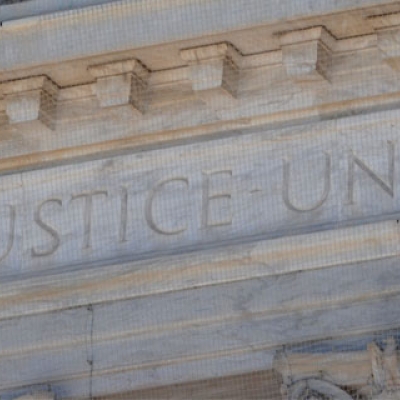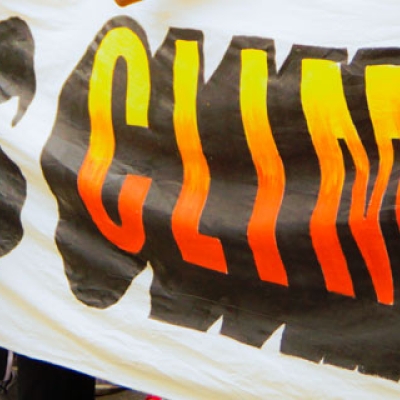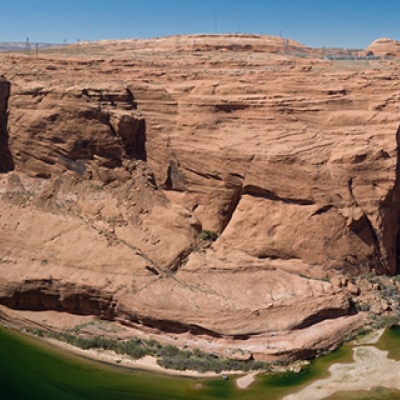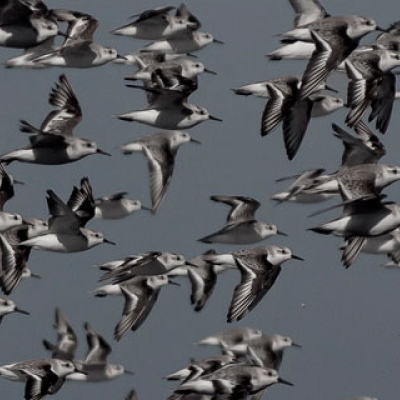
Exporting No Net Loss
By Royal Gardner / On September 6th, 2013
The concept of “no net loss” of wetlands, first officially endorsed by the U.S. Army Corps of Engineers and the U.S. Environmental Protection Agency in 1990, continues to spread across the globe. The latest example is Taiwan’s national Wetland Conservation Act, enacted in July 2013 after five years of discussions. The new law adopts the objective of “no net loss” of area and function for wetlands designated as locally, nationally, or internationally important.





